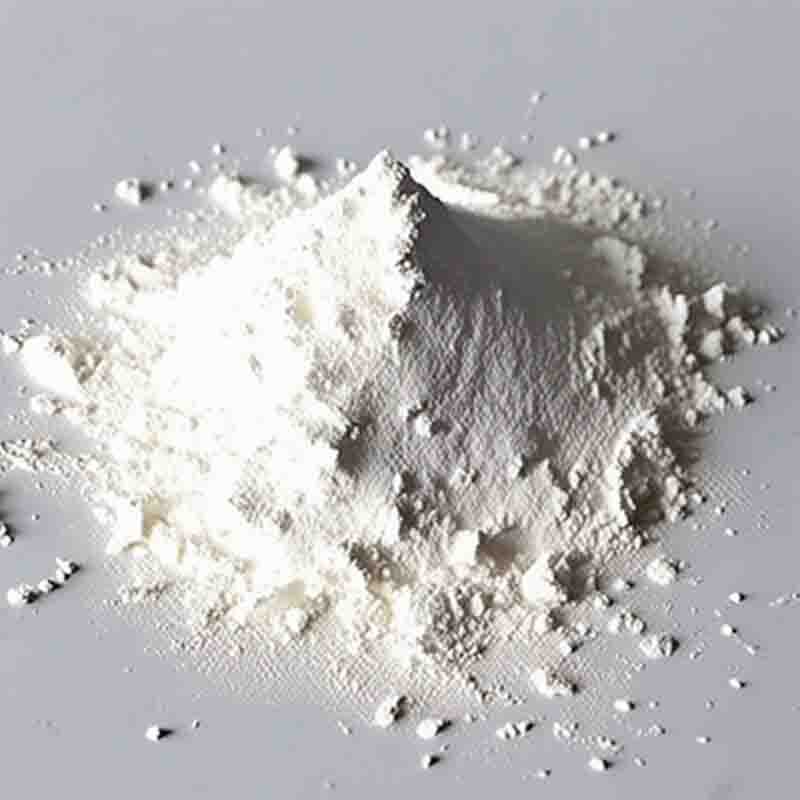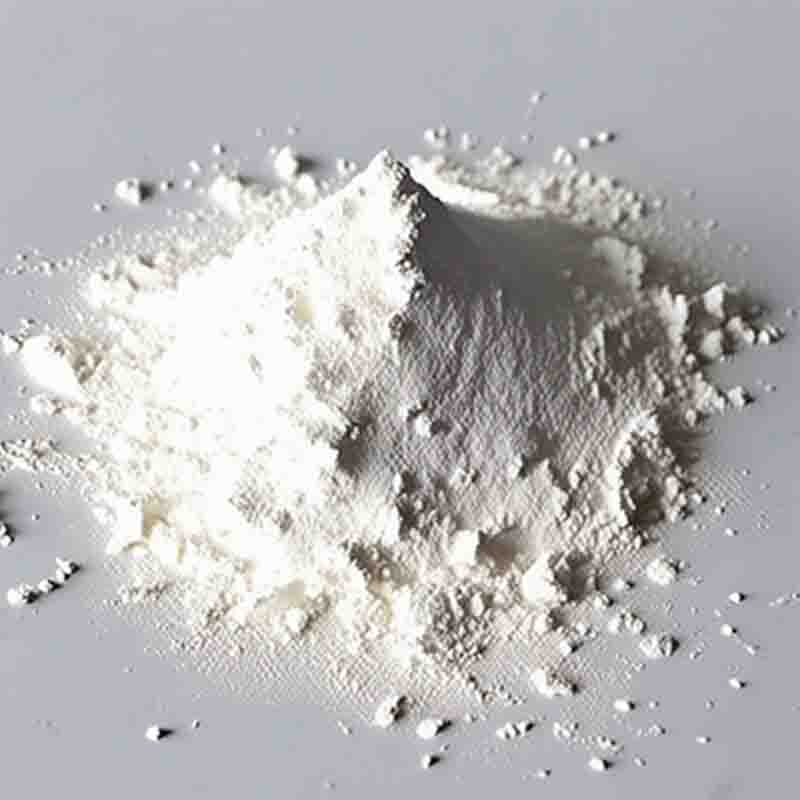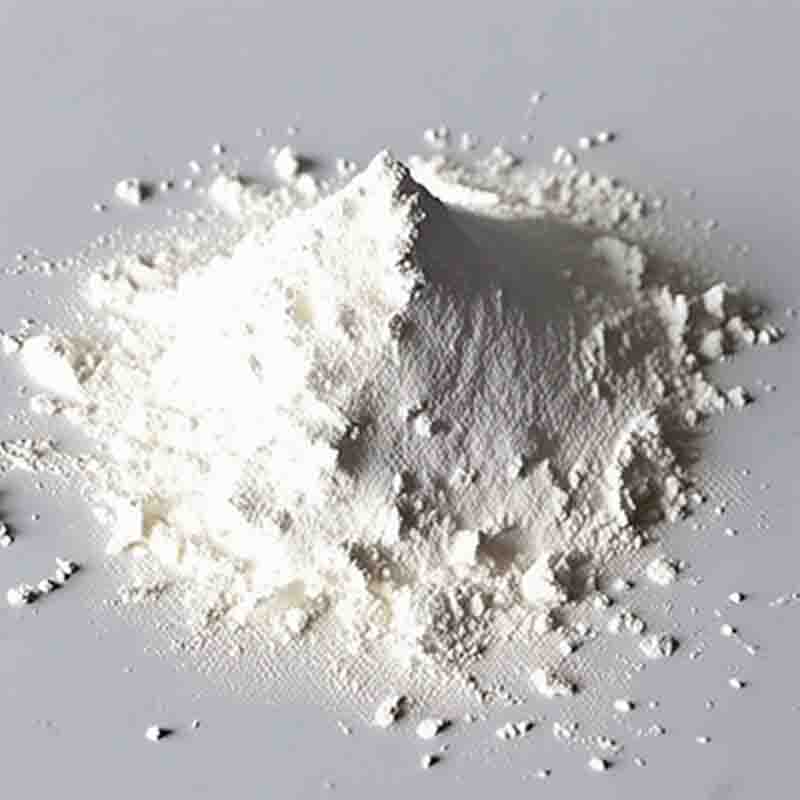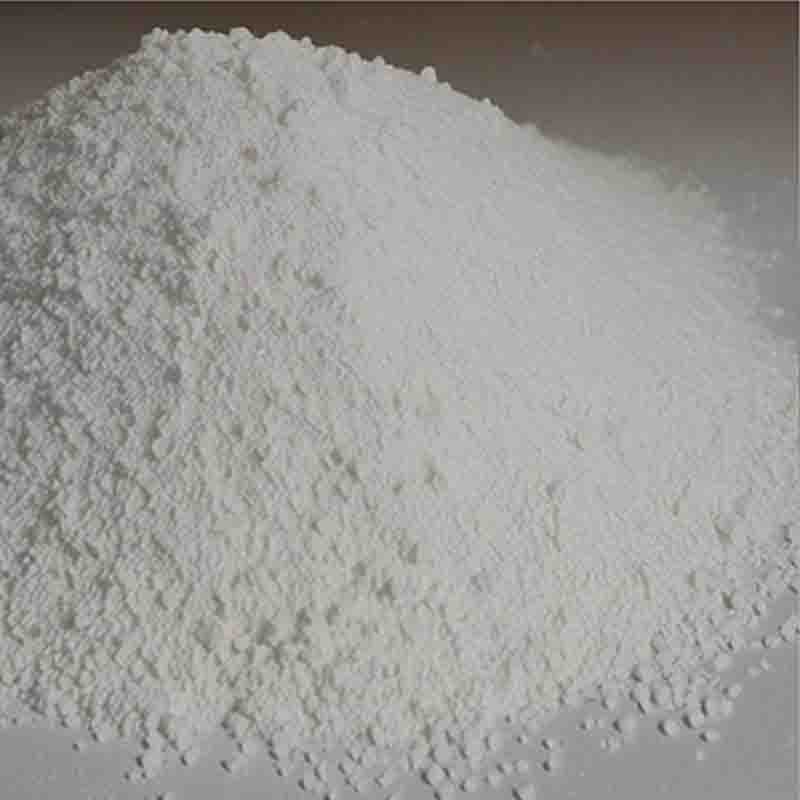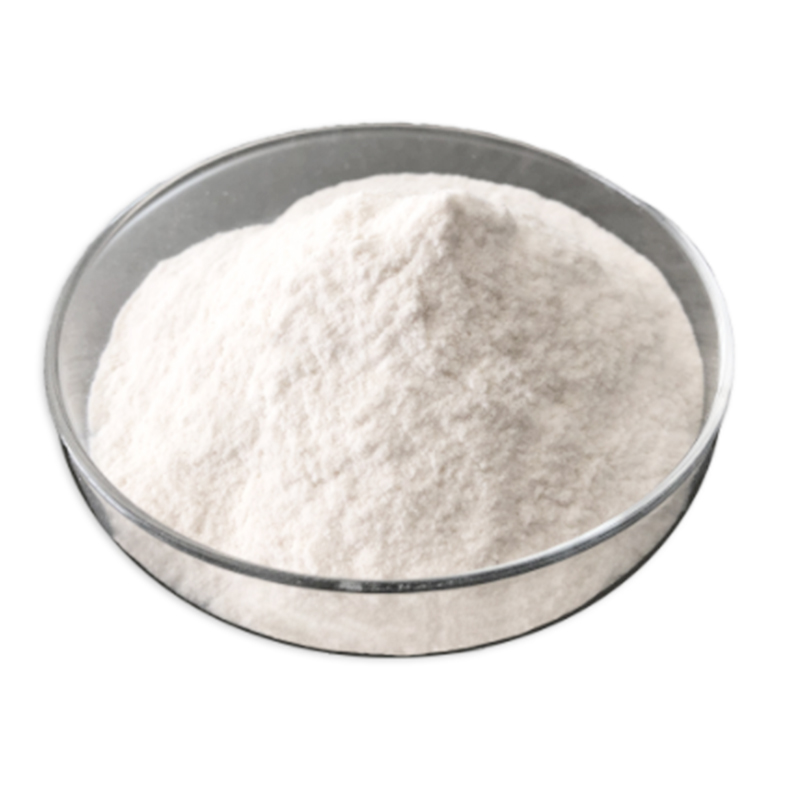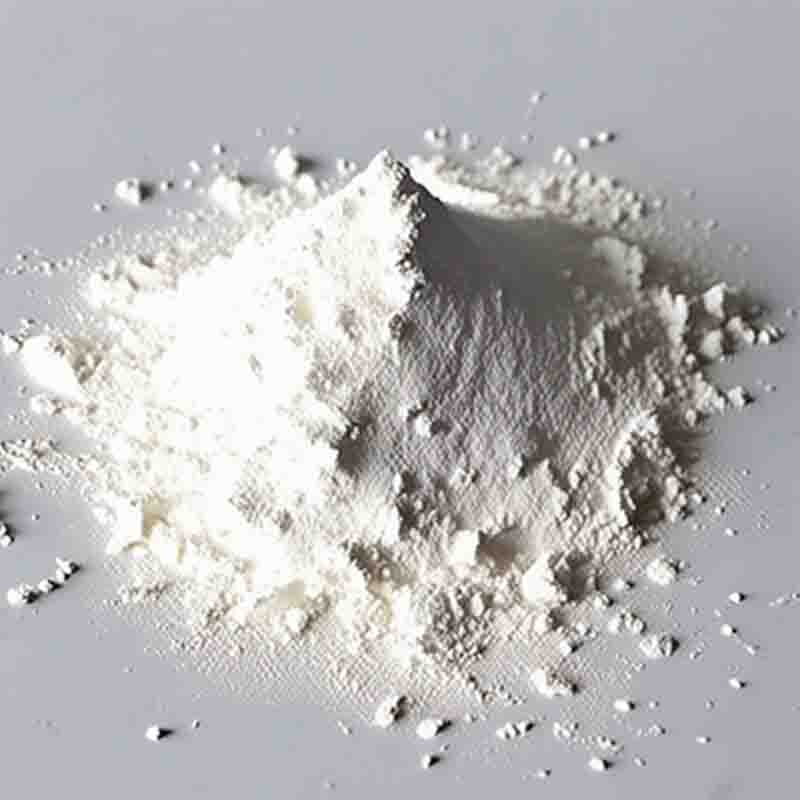Trans-1,2-diaminocyclohexane CAS: 1121-22-8
| Catalog Number | XD93759 |
| Product Name | Trans-1,2-diaminocyclohexane |
| CAS | 1121-22-8 |
| Molecular Formula | C6H14N2 |
| Molecular Weight | 114.19 |
| Storage Details | Ambient |
Product Specification
| Appearance | White powder |
| Assay | 99% min |
Trans-1,2-diaminocyclohexane is an organic compound with the chemical formula C6H14N2. It is a cyclic diamine that has a wide range of applications in various fields, including organic synthesis, coordination chemistry, and medicinal chemistry.One of the primary uses of trans-1,2-diaminocyclohexane is as a ligand in coordination chemistry. Due to the presence of two amine functional groups, it can form stable complexes with metal ions. These complexes have a variety of applications, including catalysis, materials science, and bioinorganic chemistry. The ability of trans-1,2-diaminocyclohexane to coordinate metal ions allows for the design and synthesis of novel metal complexes with specific properties and reactivities.In organic synthesis, trans-1,2-diaminocyclohexane can be utilized as a chiral building block. Its unique cyclic structure and chiral centers make it a valuable starting material for the synthesis of asymmetric compounds. It can participate in various organic reactions, such as hydrogenation, oxidation, and carbon-carbon bond formation, enabling the synthesis of chiral intermediates and target molecules with high stereochemical control. These compounds find applications in the pharmaceutical, agrochemical, and fine chemical industries.Trans-1,2-diaminocyclohexane also plays a role in medicinal chemistry and drug development. Due to its ability to form coordination complexes with metal ions, it can be used to design and develop metal-based drugs. Metal coordination complexes have been investigated for their potential as anticancer agents, antimicrobial agents, and imaging agents for diagnostic purposes. The incorporation of trans-1,2-diaminocyclohexane as a ligand in these complexes can enhance their biological activity, selectivity, and therapeutic properties.Furthermore, trans-1,2-diaminocyclohexane can be employed as a building block for the synthesis of heterocyclic compounds. Through functional group transformations and cycloaddition reactions, it can be converted into various nitrogen-containing heterocycles, such as pyrrolidines, piperidines, and imidazolidines. These heterocycles are found in many biologically active compounds and pharmaceutical drugs, making trans-1,2-diaminocyclohexane a valuable starting material for their synthesis.In summary, trans-1,2-diaminocyclohexane is a versatile compound with diverse applications. Its ability to coordinate metal ions makes it valuable in coordination chemistry, where it can be used as a ligand in the synthesis of metal complexes. In organic synthesis, it serves as a chiral building block for the synthesis of asymmetric compounds. It also has potential applications in medicinal chemistry, specifically in the design and development of metal-based drugs. Additionally, trans-1,2-diaminocyclohexane can be employed as a building block for the synthesis of nitrogen-containing heterocycles. Its multiple uses make it a valuable tool for researchers in various scientific fields.


